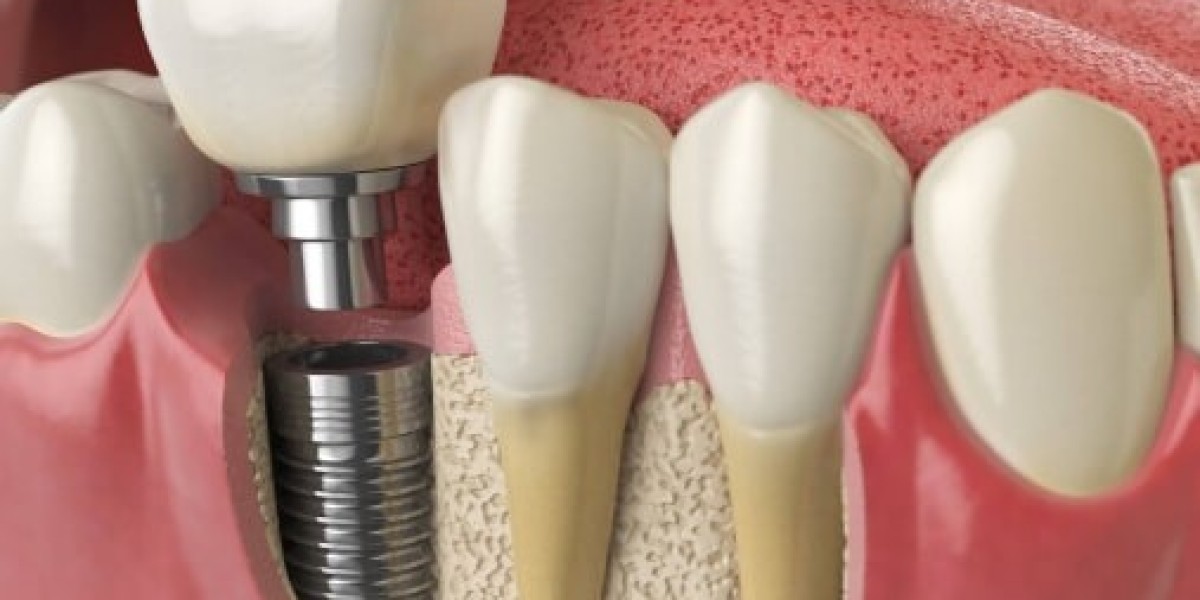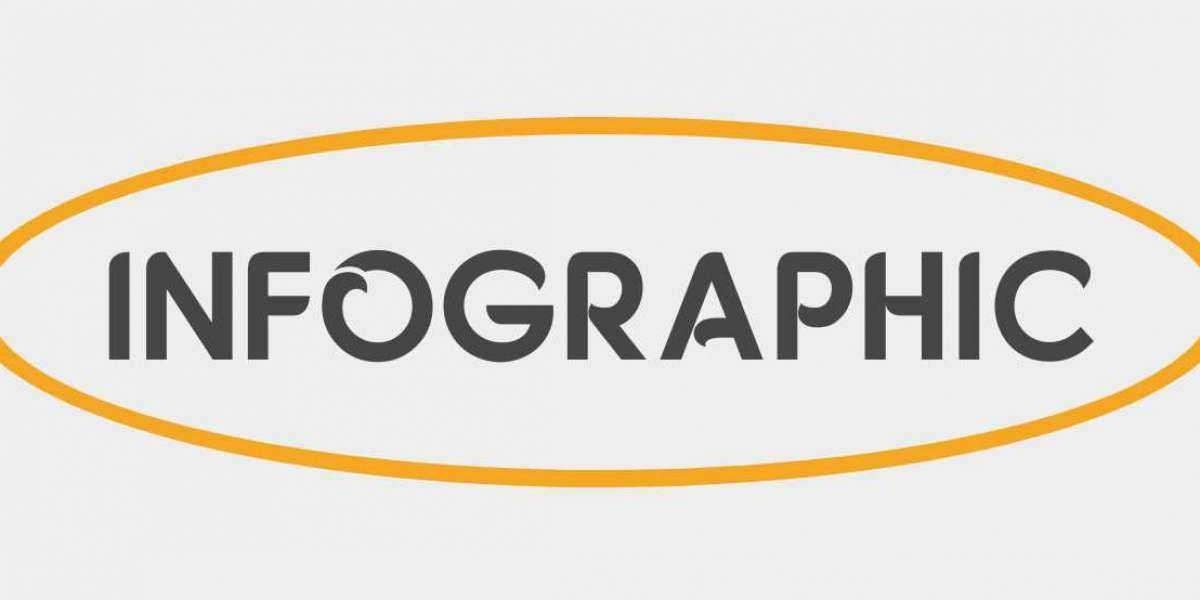Dental implant technology has evolved significantly in recent years, offering patients a reliable and natural-looking replacement for missing teeth. However, not all individuals have the ideal bone structure necessary for implant placement. Bone loss, whether due to aging, trauma, or periodontal disease, can create challenges in achieving a stable foundation for implants.
These bone grafting alternatives are designed to reduce invasiveness, shorten recovery times, and enhance patient comfort all without compromising on results. For individuals seeking dental implants in Wimbledon, it’s important to understand that cutting-edge options now exist beyond grafts. This blog explores why bone density matters, outlines common grafting methods, and highlights advanced techniques that can often replace or minimise the need for grafting altogether.
Why Bone Density Matters in Implant Dentistry
Dental implants rely on osseointegration—the process where an implant fuses with the jawbone. This anchoring process is crucial for the long-term stability and functionality of an implant. However, without sufficient bone volume and density, implants may fail to integrate, become loose, or even fall out.
Several factors contribute to reduced bone mass. One of the most common is tooth loss. When a tooth is missing, the jawbone beneath it begins to deteriorate due to lack of stimulation. Gum disease, trauma, infections, or prolonged denture use can accelerate this degradation. Unfortunately, many individuals don’t realise their bone loss until planning for an implant. This is where bone grafting has traditionally played a key role—but it’s not always necessary anymore.
Common Bone Grafting Procedures and Their Challenges
Conventional bone grafting involves transplanting bone material to augment areas with insufficient volume. The bone may be sourced from the patient’s own body (autograft), a donor (allograft), or synthetic substitutes. After grafting, the site must heal and integrate before implants can be placed—sometimes taking 3 to 6 months.
While effective, bone grafting comes with certain drawbacks:
- Extended Treatment Timeline: Multiple procedures spaced months apart.
- Invasiveness: Especially when harvesting bone from the patient’s own body.
- Potential Complications: Infection, graft rejection, and prolonged swelling.
- Cost: Additional procedures and recovery periods often increase total treatment expenses.
Understandably, many patients are hesitant to undergo bone grafting. Fortunately, dental science has introduced several alternatives that are just as successful and far more efficient.
Alternative Techniques That Eliminate or Reduce the Need for Bone Grafting
Short Dental Implants
Short implants, typically less than 8mm in length, are used in areas with reduced bone height. Instead of augmenting the bone, these implants are designed to maximise the existing structure by anchoring into denser areas. Their innovative design allows them to provide strong support even in shallow ridges.
Short implants are best suited for patients with mild to moderate bone loss. They reduce the risk of damaging nearby anatomical structures, such as nerves or sinuses, and the procedure is less invasive. Healing is often quicker, and the reduced surgical complexity appeals to many patients at a dental practice in Wimbledon.
Zygomatic Implants
For individuals with severe upper jawbone loss, zygomatic implants offer a game-changing solution. These longer implants are anchored into the zygomatic bone (cheekbone), which remains dense even when the upper jaw deteriorates.
Zygomatic implants bypass the need for traditional sinus lifts or upper jaw bone grafting. They can often be placed in a single surgery alongside conventional implants for a full-arch restoration. Although this technique requires specialist expertise, the outcomes are highly predictable and durable.
Tilted Implant Techniques – All-on-4 & All-on-6
These methods involve tilting the posterior implants at a strategic angle, allowing them to engage more bone without needing grafts. By avoiding the sinus cavities and thinner bone areas, All-on-4 and All-on-6 protocols stabilise an entire arch of teeth on just four or six implants.
These full-arch restoration systems are ideal for patients with significant bone resorption in the jaw. In many cases, temporary prosthetic teeth can be placed on the same day, significantly improving quality of life. This makes it a popular choice for those pursuing dental implants Wimbledon without the lengthy grafting process.
Ridge Expansion or Split Ridge Technique
When the jawbone is too narrow to accommodate an implant, ridge expansion can create the necessary space. The ridge is gently divided, and the two segments are separated using special tools. Bone substitutes or collagen membranes may be placed to support new growth, allowing implants to be inserted simultaneously or shortly after.
This technique suits patients with sufficient vertical bone height but inadequate width. It's a conservative alternative to full grafting and offers shorter treatment times with less postoperative discomfort.
Platelet-Rich Plasma (PRP) and PRF Therapy
PRP and PRF (platelet-rich fibrin) therapies involve using the patient’s own blood to accelerate healing and regenerate soft and hard tissue. When integrated into implant surgery, these therapies improve blood supply, stimulate bone regeneration, and reduce inflammation.
They are particularly useful in marginal bone loss cases and are often combined with ridge expansions or immediate implant placements. The best part? Because the material is harvested from the patient’s blood, there's zero risk of rejection or allergic reaction.
Piezosurgery and Laser Technology
Advanced surgical tools now make it possible to prepare implant sites with minimal trauma. Piezosurgery, which uses ultrasonic vibrations, allows for precise bone cutting without damaging surrounding soft tissues. Laser-assisted procedures are equally gentle, enhancing patient comfort and reducing the need for traditional drills and grafts.
Together, these tools support implant placements in challenging cases, making procedures faster and more predictable.
Are Graft-Free Implant Options Right for Everyone?
While these alternatives are highly effective, they may not be suitable for every patient. Several factors must be evaluated:
- Bone density and structure
- Overall oral health
- Systemic health conditions (e.g., diabetes)
- Lifestyle habits such as smoking
A qualified clinician at a reputable dental practice Wimbledon can determine whether a patient is a good candidate for graft-free options. In some complex cases, a combination of techniques may still be necessary to ensure long-term success.
Comparing Bone Grafting with Its Alternatives
Here’s a quick summary to help visualise how these techniques compare:
Method | Invasiveness | Healing Time | Suitability | Success Rate |
Traditional Bone Graft | High | 3–6 months | Severe bone loss | High |
Short Implants | Low | 2–3 months | Mild to moderate bone loss | High |
Zygomatic Implants | Medium | 3–4 months | Upper jaw severe loss | High |
All-on-4 Tilted Implants | Low–Medium | 3–4 months | Full arch restoration needed | Very High |
Conclusion
The world of dental implantology is changing rapidly, with bone grafting alternatives offering safer, faster, and less invasive options for patients. These techniques not only reduce surgical discomfort but also ensure lasting implant stability even in complex cases. With tailored treatment plans, cutting-edge diagnostics, and modern surgical techniques, optimal outcomes are well within reach.
For those considering implant therapy, consulting with an experienced provider like The Dental Lounges – Wimbledon ensures access to the latest innovations in dental care and treatment planning.









